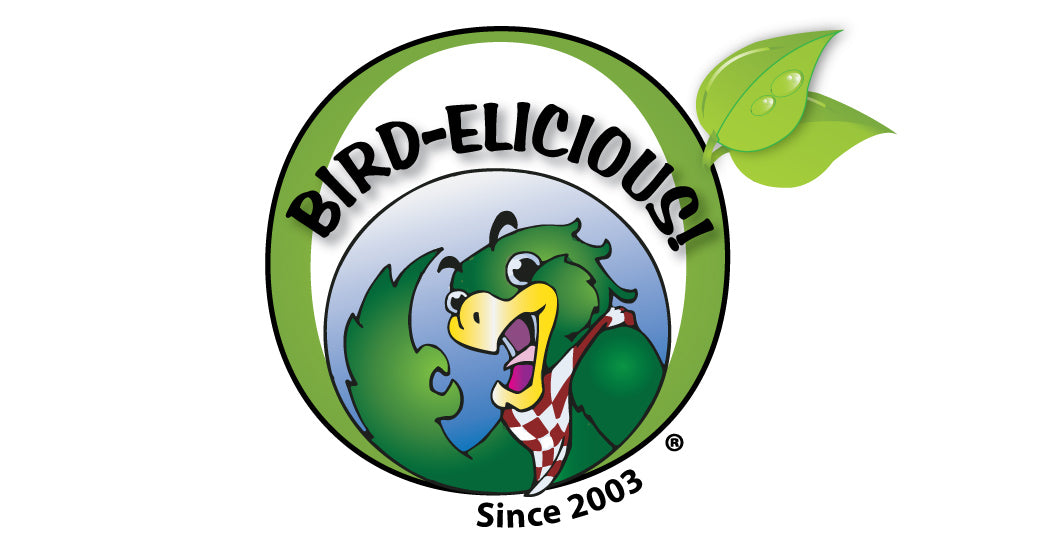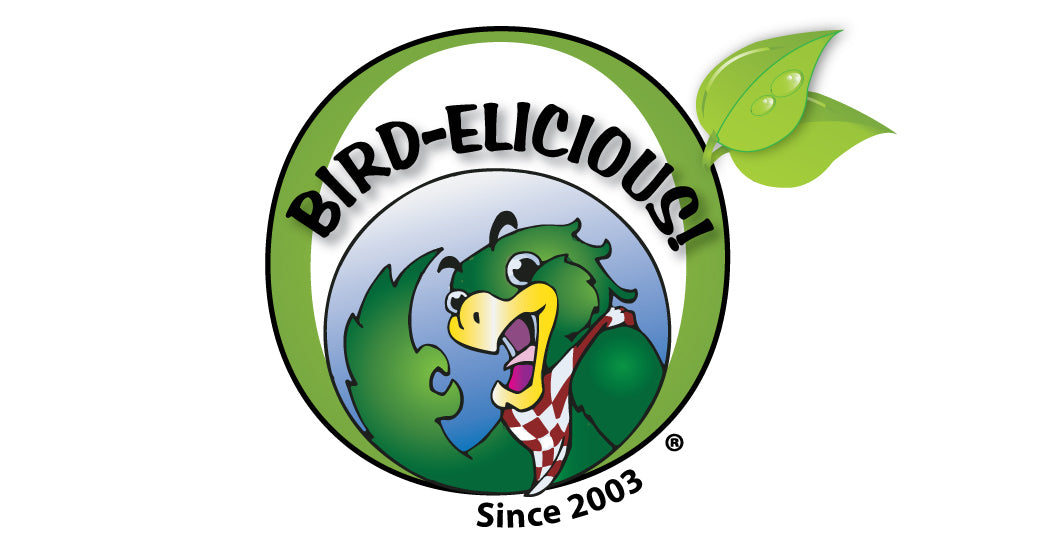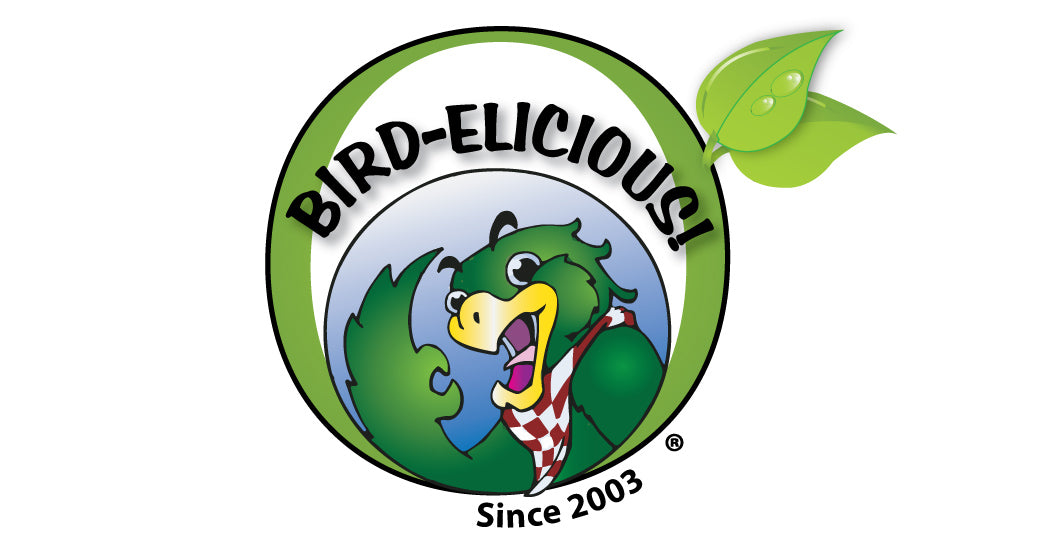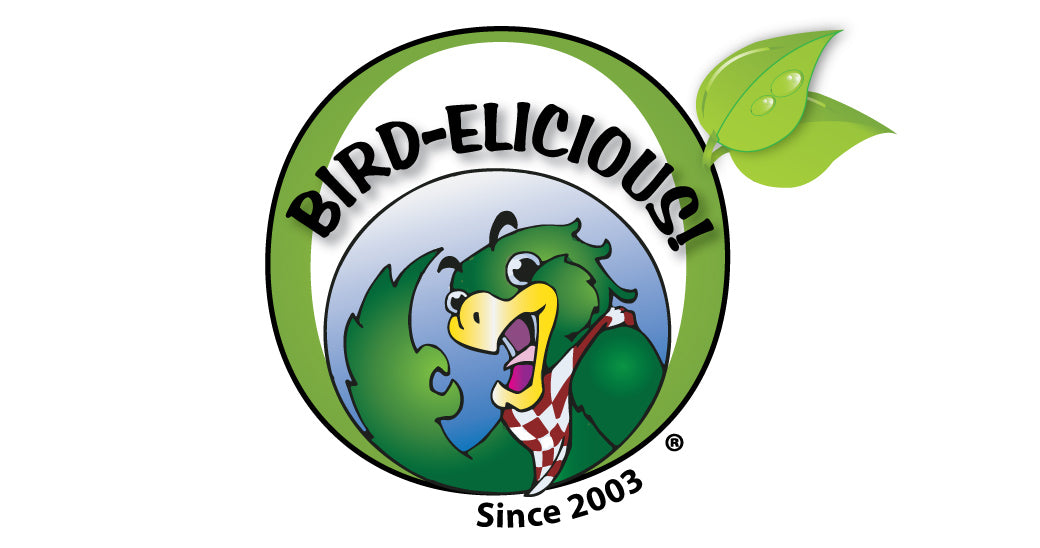Birds need fat.
So often we hear “Don’t overdo the amount of fat you feed your bird” touted over and over again. I’m here to tell you “Birds NEED dietary fat in their diet on regular basis!”
I cannot emphasize this fact strongly enough.
Dietary fat belongs to the overall classification known as “lipids” and are responsible for the structural components of all cell walls. Cells would literally lose their integral strength and collapse without enough fat in our diet. This collapsing partially leads to mitochondrial dysfunction. Mitochondria are the “batteries” of each living cell serving the processes of respiration and energy production within each cell.(1) Understanding this important process we can understand that without enough dietary fat in our birds’ diets cells literally began to “waste away” and our birds begin the slow process of “failure to thrive.” Dietary fat is the number one source of energy for any living creature and our beloved companion birds are no exception to this rule. Even as much as we all know how birds “hide their suffering and illness”, don’t let them fool you, without enough dietary fat, they are losing the battle to thrive.
Brains are composed of 60-70% fat.(2) Having a lack of dietary fat, especially Omega 3s, specifically long-chain Omega 3s that are able to cross the blood brain barrier our birds will slowly mentally decline. Sure, we can feed plant-based Omega 3s to our birds for the benefit of their soft tissues such as their connective tissues, muscles, arteries and heart, but without enough GLA in their system, specialized form of Omega 6 that fights inflammation, plant-based Omega 3s will not get into their brain without GLA (gamma linolenic acid) in the system. While living creatures synthesize GLA, due to the consuming of high Omega 6s in our society the production of GLA within our bodies has been seriously compromised. Therefore it is a good idea to supplement our birds’ diet with sources of GLA such as hemp seed oil, borage oil (free of pyrrolizidine alkaloids, or Pas which can potentially cause liver damage [A]. Also be careful of borage oil due to its blood thinning properties. [B]), and evening primrose oil. Studies indicate there may be a little more success with long-chain saturated dietary fats crossing the blood brain barrier, especially those animal fats containing EPA (eicosapentaenoic acid) and/or DHA (docosahexaenoic acid) such as fish oils. In addition EPA and DHA has been linked to many health advantages such as a healthy immune system, less allergies and better overall cardiovascular health. (3) I have personally found krill oil to be an excellent choice to achieve “brain nutrition and health” for my sanctuary birds. Krill oil contains both DHA and EPA. Furthermore krill oil contains astaxanthin, a powerful anti-oxidant that protects against mitochondrial damage and neurodegeneration.(4) This carotenoid directly crosses the blood brain barrier. (5) You can purchase the same brand of krill oil we use in our Origins Wild Diet foods here: http://www.thebestbirdfood.com/#!mercola-krill-oil/c2j4
What can we learn by understanding that brains not only thrive on long-chain fatty acids, but actually prefer these types of saturated fats?
Let’s first try to understand how these fats are metabolized.
We all hear from multiple sources that it’s highly important for a living body to remain on the alkaline side of the pH scale. We hear that an acidic body becomes toxic to the point that illness and disease can set in more rapidly. This is a very simplistic explanation.
When it comes to dietary fats if the body is acidic the body will utilize acids for nutrition before it will utilize alkaline-based foods. I will not go into deep nutritional information in this article because it really gets super involved explaining the biochemistry of how the body synthesizes insoluble dietary fats, making them soluble. Let’s just say that all lipids are basically insoluble and in order to be utilized by the body they have to be made to be soluble (saponification). Many of you have read my many posts stating that I personally do not believe our birds have been fed enough dietary fat in order to utilize synthetic fat-soluble vitamins…fat soluble vitamins REQUIRE fat in the system in order to be metabolized. In order for our birds to absorb and metabolize fat-soluble vitamins, whether those vitamins be synthetic or naturally occurring our birds MUST have enough dietary fat in their systems at all times. Now, it’s going to be easier for their bodies to utilize naturally occurring dietary fat if their fat reserves happen to be low, but it will be next to impossible to utilize synthetic fat-soluble vitamins if their fat reserves are low!
BUT…how do we ensure that the dietary fat we are feeding is in itself digested, absorbed and metabolized? Our birds’ systems MUST be on the alkaline side of the pH chart at all times. If our birds have an acidic system they will NOT be able to absorb healthy dietary fats. Instead they will absorb the other constituents from foods in over-abundance like protein and carbohydrates and even preservatives, flavor enhancers and colorings if you feed food that contains those items. If you are feeding foods high in histamines and salicylates your bird will absorb those constituents too. Why? Those constituents are acid-based. An acidic system will absorb acid-based constituents more readily. Protein is acid-based. Many carbohydrates are acid-based. Histamines and salicylates are acid-based. Preservatives, flavor enhancers and colorings are all acid-based. How do we tip the scale to help our birds’ systems become more alkaline?
Many of us try to feed botanically classified vegetables in hopes of tipping the pH scale in our birds’ systems, but most of us have found that trying to get our birds to consume veggies is akin to trying to get our children to eat their veggies! This is because exotic birds intrinsically know they are not to consume “cellulose” found in botanical vegetables. Watch your bird carefully next time your serve a cruciferous veggie. 10 to 1 your bird will discard all of the “fiber” and throw it to the floor. That “fiber” is the cellulose. All your bird is interested in is the juice. That juice is the sweetest part of the veggie! Our birds were meant to consume tropical fruit and lots of it. With fruit the cellulose is mainly on the outside where birds can easily peel the skin off and get to the inside where the pectin fiber is – pectin is soluble and easy to digest for their short and narrow digestive tracts. They don’t need insoluble cellulose fiber to act as a laxative like mammals do – our birds aren’t mammals, they are a very special class of aves that have no way to digest cellulose.
So just how do we help their systems become alkaline enough to “saponify” (hydrolyze, break down, make soluble) the dietary fats we feed to them? They need enough sodium in their diet combined with enough moisture. When sodium and moisture combine they attract the fat. When all three are present the fat hydrolyzes into miniscule droplets so tiny the human eye cannot see them. It is then these tiny fat droplets are able to cross the blood brain barriers and also find their way into every living cell to nourish the cells and their mitochondria. Yes! Yet another reason why exotic birds flock to the clay licks! They need the sodium to begin the hydrolysis process in the proventriculus in order to break down all nutrients into free form amino acids, fatty acids and monosaccharides as well as all vitamins and minerals into their most singular forms. –And yes! This is yet another reason why we see our birds make soup out of their dry foods; they intrinsically know they need to mix the sodium with the water to saponify their dietary fats! Wow, these birds are SO smart!
All the dietary fat we introduce into our birds’ diets will do very little to no good if their systems cannot digest, absorb and metabolize that healthy fat. AND THEY NEED FAT! Their bodies need fat for lubrication, their arteries need fat in order to maintain flexibility and also to chelate minerals from building plaque within those arteries, each every cell needs fat in order to maintain cell wall and mitochondria integrity, and their brains need fat to properly function. Our birds have been deprived of healthy fats for decades due to our lack of understanding regarding “healthy fat” in our own diets. Now that we are beginning to understand the facts about dietary fat and just how important it is in a living creature’s diet it’s time to get on board for our birds’ health. We must remember to limit the Omega 6 fats and always try to increase the Omega 3 fats. It’s good to try for a 4:1 ratio in the diet overall, but that’s difficult to monitor when we feed such a large variety of foods to our birds over any week’s given time. If we try to feed a good amount of young, tender greens and lots of tropical fruit with some limited amounts of sprouts and a few drops of krill oil every week we are well on our way!
Happy foraging!
(Ref: (1) http://www.livescience.com/50679-mitochondria.html; (2) http://www.ncbi.nlm.nih.gov/pubmed/20329590; (3) http://advances.nutrition.org/content/3/1/1.full; (4) http://www.karger.com/Article/Abstract/212745; (5) http://www.mdpi.com/1660-3397/13/8/5128/htm;
[A] http://wholehealthchicago.com/2009/05/11/borage-oil; [B] http://www.medbroadcast.com/natural_products_info_details.asp?nhp_id=119#.VhWDxPlViko.
©2015.10.7 Machelle Pacion Passion Tree House LLC All Rights Reserved




Leave a comment (all fields required)